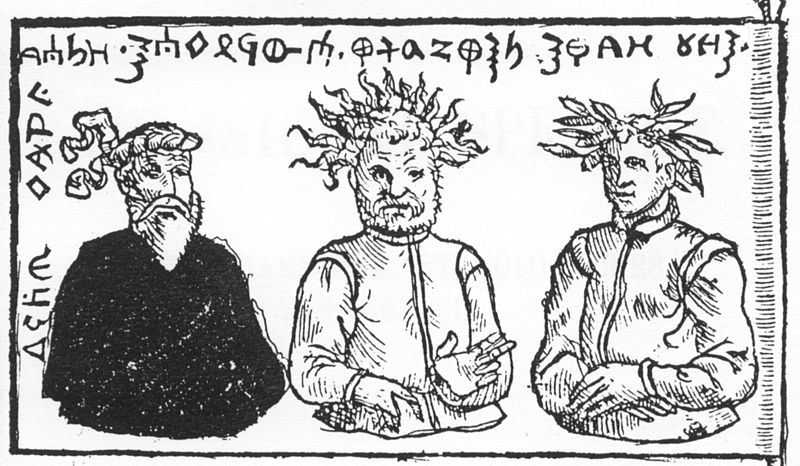|
List Of Cixiidae Genera
These 232 genera belong to the family Cixiidae, cixiid planthoppers. There are at least 2,500 described species in Cixiidae. Cixiidae genera * '' Achaebana'' Attie, Bourgoin & Bonfils, 2002 * ''Achaemenes'' Stål, 1866 * '' Adolendana'' Distant, 1917 * '' Afroreptalus'' van Stalle, 1986 * '' Aka'' de Laubenfels, 1936 * '' Amazobenna'' Penny, 1980 * ''Andes'' Stål, 1866 * '' Andixius'' Emeljanov & Hayashi, 2007 * ''Anila'' Distant, 1906 * '' Ankistrus'' Tsaur & Hsuan Stalle, 1991 * '' Anoculiarus'' Dlabola, 1985 * '' Antillixius'' Myers, 1928 * '' Apartus'' Holzinger, 2002 * '' Arosinus'' Emeljanov, 2007 * '' Aselgeoides'' Distant, 1917 * '' Asotocixius'' Kramer, 1983 * '' Ateson'' Metcalf, 1938 * '' Atonurus'' Emeljanov, 1993 * '' Atretus'' Emeljanov, 2007 * '' Aubirestus'' Löcker & Larivière, 2006 * '' Aulocorypha'' Berg, 1879 * '' Autrimpus'' Szwedo, 2004 * '' Bajauana'' Distant, 1907 * '' Balticixius'' Lefebvre, Bourgoin & Nel, 2007 * '' Balyadimetopia'' Löcker & Larivière ... [...More Info...] [...Related Items...] OR: [Wikipedia] [Google] [Baidu] |
Cixiidae
The Cixiidae are a family of fulgoroid insects, one of many families commonly known as planthoppers, distributed worldwide and comprising more than 2,000 species from over 150 genera. The genera are placed into three subfamilies, Borystheninae, Bothriocerinae and Cixiinae with sixteen tribes currently accepted in Cixiinae. Description Cixiid species are typically comparatively small (body size less than a centimeter) and usually inconspicuous. The face is longer than wide and the head is narrower than the pronotum. The forewings are at least partly transparent and the veins bear minute setae. The hind tibiae end in a cluster of spines and may sometimes have spines along their length. Nymphs live underground, feeding on roots. Adults feed on herbs, shrubs and/or trees; some are polyphagous, while others are specialised on their host plants (monophagous). A couple of species are cavernicolous, feeding on roots in volcanic caves. Females occasionally bear impressive "wax tails ... [...More Info...] [...Related Items...] OR: [Wikipedia] [Google] [Baidu] |
Benna (planthopper)
Benna may refer to: Places * Benna, Burkina Faso, a town in Boulgou province of Burkina Faso * Benna Massif, a massif in the region of Guinea Maritime in Guinea * Benna, Piedmont, a ''comune'' in the Province of Biella in Italy * Benna (lake), a lake in Melhus municipality in Trøndelag county, Norway * Benna, Papua New Guinea, the capital of the District of Unggai-Benna in Papua New Guinea * Lower Benna Rural LLG, Papua New Guinea * Upper Benna Rural LLG, Papua New Guinea People * Beonna (Bishop of Hereford), 9th-century Anglo-Saxon bishop of Hereford * Beonna of East Anglia, 8th-century king of East Anglia * Benna Namugwanya (born 1967), Ugandan politician * Benna Moe (1897–1983), Danish composer and musician * Memia Benna (born 1966), Tunisian politician * Anthony Benna (born 1987), French skier Other uses * Benna (genre) ''Benna'' (alternatively spelled ''bennah'', or called ''ditti'') is a genre of Antiguan and Barbudan music. Benna is a calypso-like genre, characteri ... [...More Info...] [...Related Items...] OR: [Wikipedia] [Google] [Baidu] |
Autrimpus (planthopper)
Potrimpo (also ''Potrimpus'', ''Autrimpo'', ''Natrimpe'') was a god of seas, earth, grain, and crops in the pagan Baltic, and Prussian mythology. He was one of the three main gods worshiped by the Old Prussians. Most of what is known about this god is derived from unreliable 16th-century sources. He was first mentioned (as ''Natrimpe'') in a 1418 memorandum ''Collatio Espiscopi Varmiensis'' sent by the Bishop of Warmia to Pope Martin V. The document reminded the Pope that the Teutonic Knights successfully Christianized pagan Prussians, who previously worshipped "demons" Perkūnas, Potrimpo and Peckols (and Patollo). Simon Grunau claimed that Potrimpo was a god of grain and together with thunder god Perkūnas and death god Peckols formed a pagan trinity. He was depicted on the purported Flag of Widewuto as a young, merry man wearing a wreath of grain ears. Grunau further claimed that snakes, as creatures of Potrimpo, were worshipped and given milk (cf. žaltys). The ''Sudovian Book ... [...More Info...] [...Related Items...] OR: [Wikipedia] [Google] [Baidu] |
